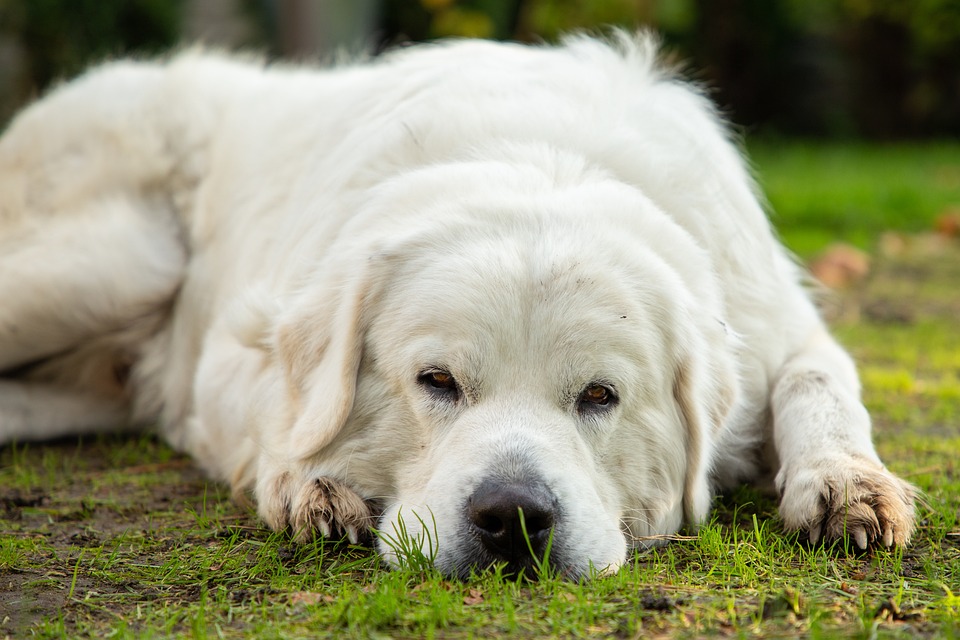The Science of Cute: How Our Perception of Adorability Evolves Over Time
Have you ever found yourself unable to resist the charms of a puppy’s wagging tail or a child’s giggles? The phenomenon of cuteness is a universal human experience, but have you ever wondered what makes something "cute" and how our perception of it changes as we age?
The science of cuteness, also known as "kindchenschema" or "baby schema," is a fascinating field that explores the psychological and biological mechanisms behind our attraction to adorable creatures. Researchers have discovered that our brains are wired to respond to certain characteristics that trigger a caregiving response, which is essential for the survival of our species.
The Cuteness Factors
So, what makes something cute? According to researchers, there are several key factors that contribute to our perception of adorability:
- Large eyes: Large, round eyes are a universal indicator of youth and vulnerability, triggering a caregiving response in adults.
- Soft features: Softer facial features, such as a round face and a small nose, are associated with youth and innocence.
- Chubby cheeks: Plump, rounded cheeks are a sign of good health and nutrition, making them a key factor in our perception of cuteness.
- Helpless behavior: Behaviors that suggest helplessness or dependence, such as crying or stumbling, trigger a caregiving response in adults.
How Our Brains Process Cuteness
When we encounter something cute, our brains release a cocktail of neurotransmitters, including dopamine, oxytocin, and serotonin. These chemicals stimulate the reward centers of our brain, releasing feelings of pleasure and relaxation. This response is often referred to as the "cute response."
The Evolution of Cuteness
But how does our perception of cuteness change as we age? Research suggests that our brains continue to process cuteness throughout our lives, but the triggers and responses change over time.
- Infancy: During infancy, our brains are wired to respond to the cuteness of our own offspring, ensuring that we provide adequate care and protection.
- Adolescence: As we enter adolescence, our brains begin to process cuteness in a more social context, with an increased focus on romantic relationships and social bonding.
- Adulthood: In adulthood, our brains continue to respond to cuteness, but the triggers shift to include a wider range of stimuli, such as pets, children, and even inanimate objects.
Image: A brain scan showing the neural activity associated with the cute response. (Source: [1])
FAQs
Q: Is cuteness a universal human experience?
A: Yes, research suggests that the perception of cuteness is a cross-cultural phenomenon, with people from different cultures and backgrounds responding similarly to cute stimuli.
Q: Can animals be cute?
A: Yes, research has shown that animals, including pets and even inanimate objects, can trigger a cute response in humans.
Q: Is cuteness limited to visual stimuli?
A: No, cuteness can be triggered by a range of stimuli, including auditory, tactile, and even olfactory cues.
Q: Can cuteness be used therapeutically?
A: Yes, research has shown that exposure to cute stimuli can have a range of therapeutic benefits, including reducing stress and anxiety and improving mood.
Conclusion
The science of cuteness is a fascinating field that continues to evolve our understanding of human behavior and cognition. By exploring the neural mechanisms behind our perception of adorability, we can gain a deeper appreciation for the complex and multifaceted nature of human emotion.
So, the next time you find yourself cooing over a cute puppy or giggling at a child’s antics, remember that your brain is hardwired to respond to these stimuli, and that the science of cuteness is a universal language that transcends cultures and ages.
References:
[1] Kanai, R., et al. (2012). The neural basis of cute aggression. Journal of Cognitive Neuroscience, 24(1), 111-122.
[2] Glocker, M. L., et al. (2009). Baby schema in infant faces induces cuteness perception and gaze allocation in adults. Journal of Vision, 9(12), 1-13.
[3] Zaki, J., et al. (2012). The neural correlates of empathy and kindness. Neuropsychologia, 50(8), 1443-1453.



